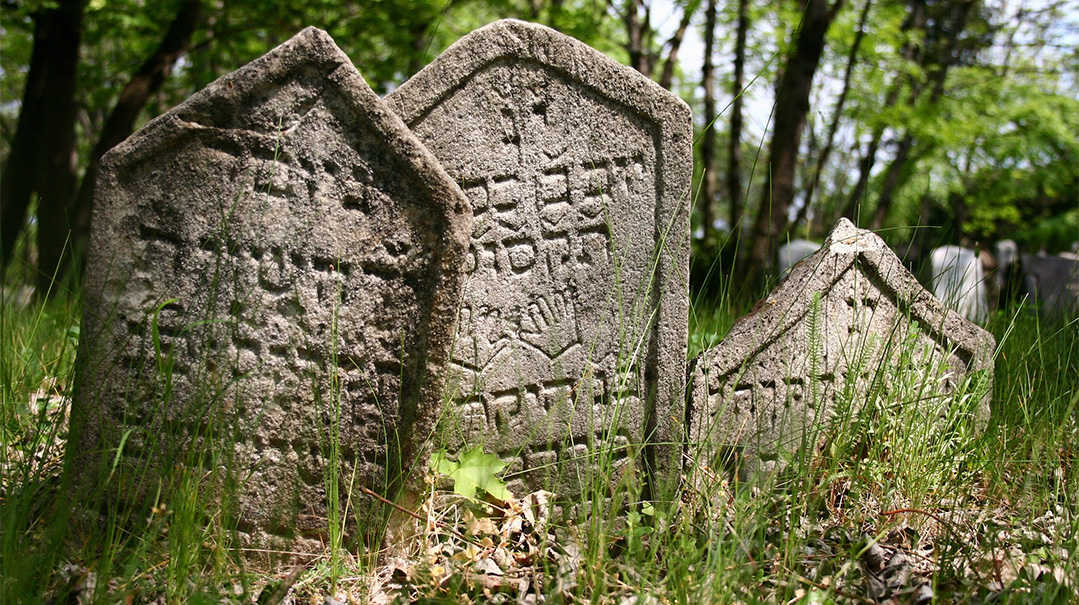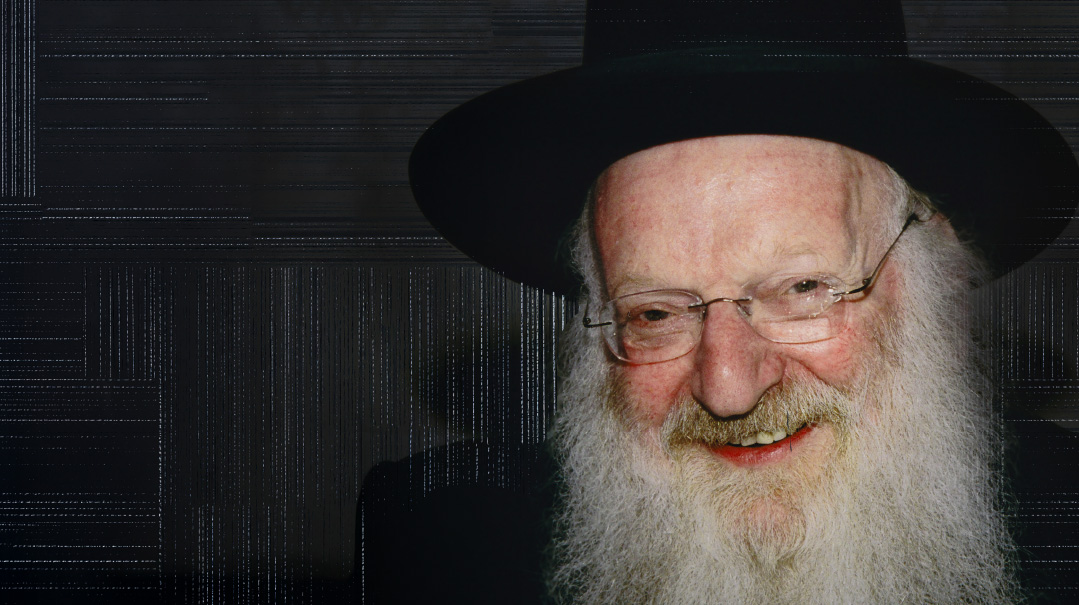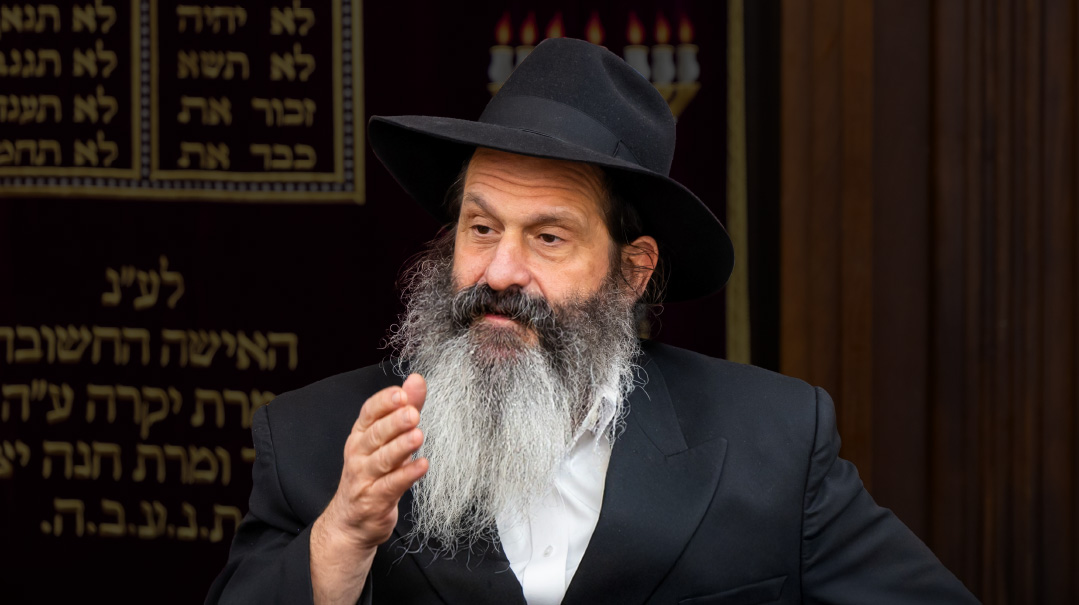Stones That Speak

Gravestone markings are also a testimony to the enduring values that have continued to keep us alive

“Who will live and who will die?”
During the Days of Awe, this question draws a shudder as we stand in shul and recite Unesaneh Tokef.
If we stand in a beis hachayim and gaze across the field of headstones, we reflect that for those buried here, that searing question has been answered.
Yet a closer examination of individual matzeivos answers other questions posed in this powerful prayer: Who will live to old age, and who will die young? Who will enjoy tranquility, and who will suffer? Who will be impoverished, and who will become rich? It’s all recorded — in the epitaphs carved into these stones, found in cemeteries around the world in the many places Jews have temporarily called home.
That is, when we can read them.
Many gravestones have disappeared over the years. Others still stand, but their inscriptions have been worn down by the snows and sandstorms of time. For professional historians, deciphering these sometimes cryptic and often incomplete messages from the past is part of a day’s work. For the amateur genealogist, restoring the memory of our long-gone ancestors for future generations is a labor of love that is its own reward.
Inscribed and Sealed
We don’t know details about the matzeivah Yaakov Avinu set up to mark the grave of his beloved wife Rachel. But we do know this is the first mention of marking an individual grave in the Torah. The Gemara gives a few reasons why this has since become a universal custom in the Jewish world. First, a gravestone alerts Kohanim that the resting place of a deceased person is nearby. A gravestone is also a way to honor and prolong the memory of those who have passed away.
During the time of the Second Beis Hamikdash, wealthy people began to be buried in sarcophagi (stone coffins) or ossuaries (chests where bones were reburied 12 months after the initial burial). Both were usually inscribed with the name of the deceased and engraved with floral or architectural designs, such as a vine or pillar. Sometimes the family or social status of the person was mentioned, such as “Dostos our father. Do not open,” found on an ossuary located on Har Hazeisim, or “Bones of the family of Nicanor the Alexandrian who made the gates [of the second Beis Hamikdash],” also found on Har Hazeisim and now part of the collection of the British Museum.
Of course, the more important or the wealthier the family was, the more elaborate the epitaphs and inscriptions. This prompted Rabban Shimon ben Gamliel to comment, “One does not build such in memory of the righteous, for their words are their memorial.”
Oops! We could not locate your form.







